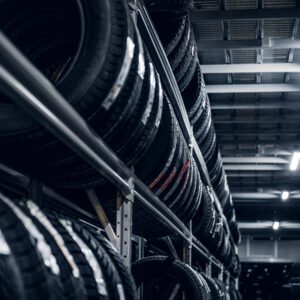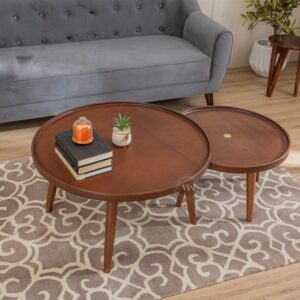When it comes to creating a safe, durable, and visually appealing surface for playgrounds, parks, sports areas, and recreational facilities, Pour in Place Rubber Surfaces are a top choice. These surfaces are known for their seamless finish, excellent shock absorption, and customizable designs. But what exactly goes into the installation process? Whether you’re a school administrator, property manager, or contractor, understanding the step-by-step method can help you plan better and ensure the surface meets your expectations.
Step 1: Site Evaluation and Planning
Before any materials are brought in, a professional team will perform a thorough site evaluation. This includes assessing the soil condition, drainage system, and slope of the area. Proper drainage is crucial to the longevity of Pour in Place Rubber Surfaces, so the groundwork must be properly designed to prevent water accumulation.
Planning also involves discussing color options, design preferences, thickness requirements (based on fall height standards), and any custom patterns or logos you may want. At this stage, measurements are taken to calculate the quantity of material needed and to provide an accurate project timeline and cost estimate.
Step 2: Preparing the Sub-Base
Once the design is finalized, the installation team will begin preparing the sub-base, which is the foundational layer upon which everything else is built. The most common materials used for sub-bases include compacted crushed stone or concrete. A properly compacted sub-base is essential for creating a level surface and ensuring long-term durability.
For areas with high foot traffic or critical fall height zones, a concrete sub-base may be required to provide a stable and reliable foundation. This phase may also include the installation of borders or curbs to define the area and help contain the rubber material during installation.
Step 3: Mixing and Pouring the Base Layer
Pour in Place Rubber Surfaces consist of two main layers: the base layer and the top layer. The base layer is made from shredded or buffed recycled rubber, typically sourced from old tires. This rubber is mixed on-site with a polyurethane binder to create a durable and shock-absorbent foundation.
The mixed material is poured directly onto the prepared sub-base and troweled by hand to achieve the required thickness and uniformity. Depending on the fall height requirements of the play structures or equipment nearby, the base layer may range from 1.5 inches to over 3 inches thick.
This step is critical for ensuring the surface meets ASTM safety standards for impact attenuation and provides adequate cushioning for users, especially in playground environments.
Step 4: Mixing and Applying the Top Layer
After the base layer has been properly leveled and cured (which usually takes a few hours), the installation team moves on to the top layer. This layer is made from EPDM (Ethylene Propylene Diene Monomer) rubber granules or TPV (Thermoplastic Vulcanizate), which come in a variety of colors.
The granules are mixed with a clear binder and hand-troweled over the base layer to create a smooth, seamless finish. This layer is usually about 0.5 inches thick. At this stage, custom patterns, logos, or color blends can be applied to create a unique and engaging surface design.
Whether you want a bright, fun playground surface or a sleek, neutral-toned finish for a fitness area, this is where the visual transformation happens.
Step 5: Curing and Final Inspection
Once the top layer is applied, the surface needs time to cure and harden. Typically, the curing process takes about 24 to 72 hours, depending on weather conditions such as temperature and humidity. During this time, the surface should be kept free from foot traffic, debris, and moisture to allow the binder to fully set.
After curing, a final inspection is carried out to ensure the entire area is safe, even, and aligned with design specifications. The team checks for any inconsistencies in thickness, smoothness, or color. They’ll also verify that the surface meets safety requirements for impact absorption.
Step 6: Clean-Up and Handover
Once the inspection is complete, the area is cleaned and prepared for use. Any excess material, tools, and debris are removed, and the client is given guidance on care and maintenance. At this point, the surface is ready to be enjoyed—whether it’s a colorful playground, a senior activity area, or a splash pad surround.
How Long Does the Installation Take?
The entire installation process for Pour in Place Rubber Surfaces can typically be completed within a few days to a week, depending on the size and complexity of the project. Smaller play areas may take 2–3 days, while larger or more intricate surfaces could take a week or longer.
Weather plays a significant role in timing. Rain or extreme temperatures can delay the curing process, so most installations are scheduled during mild, dry weather conditions.
Conclusion
Pour in Place Rubber Surfaces offer a seamless, safe, and attractive flooring option for a wide range of environments—from schoolyards and daycares to parks and fitness zones and playgrounds. Understanding the installation process helps ensure you’re prepared for each stage, from planning and prep to the final reveal.
With professional installation and proper maintenance, this type of surfacing can last over a decade, making it a smart, long-term investment in safety, accessibility, and aesthetics.



